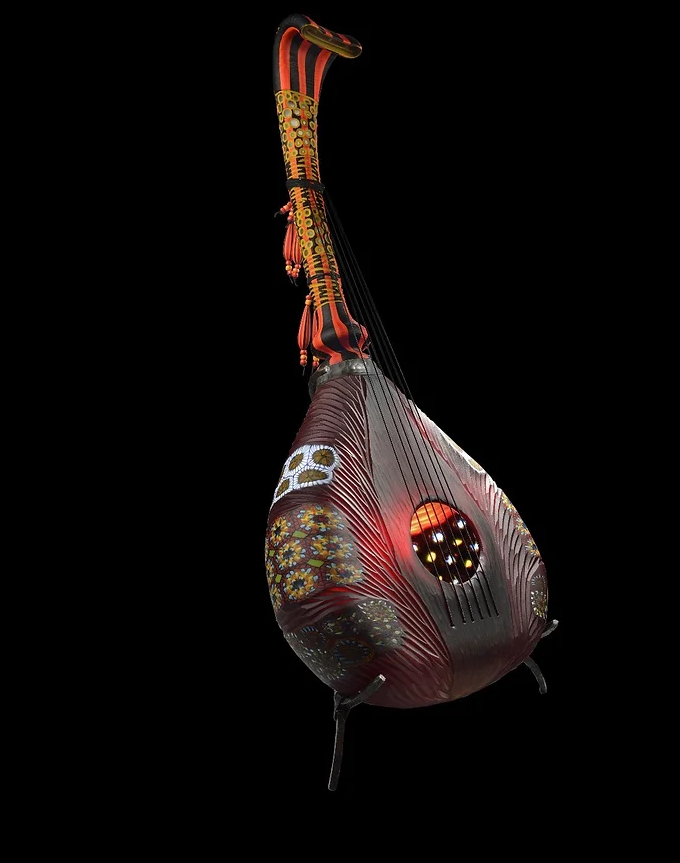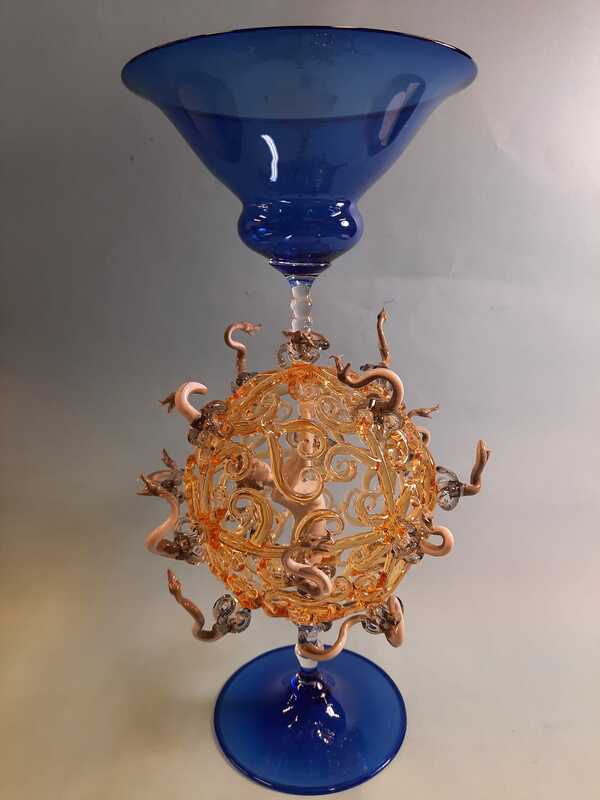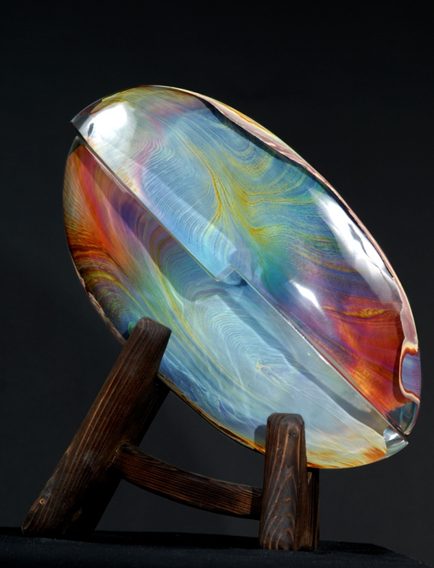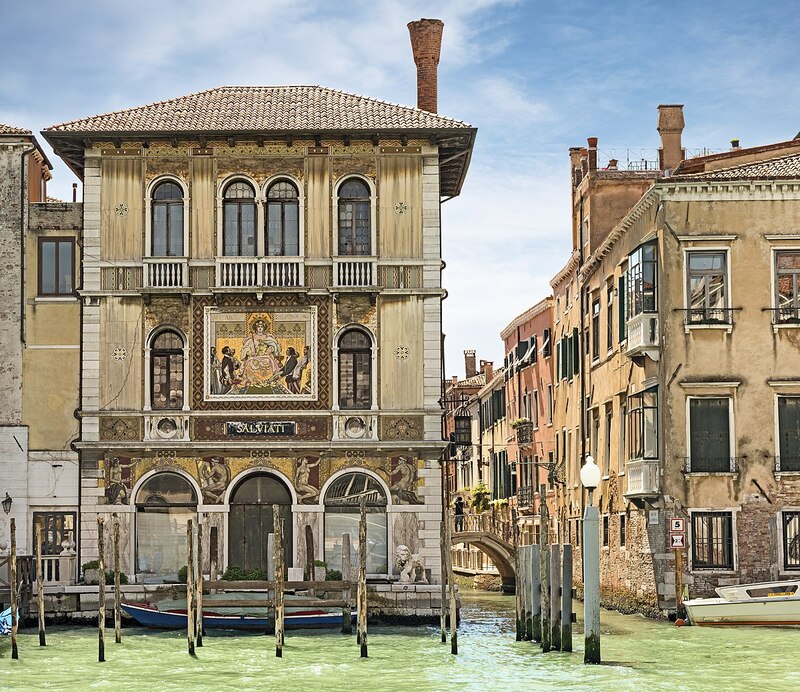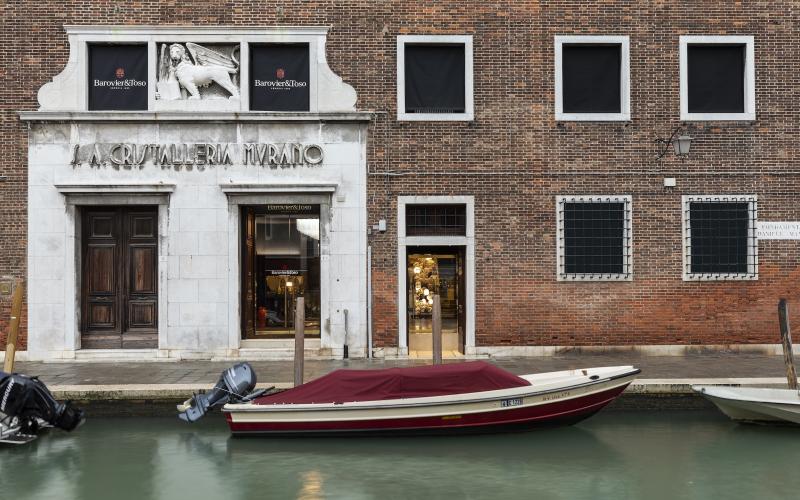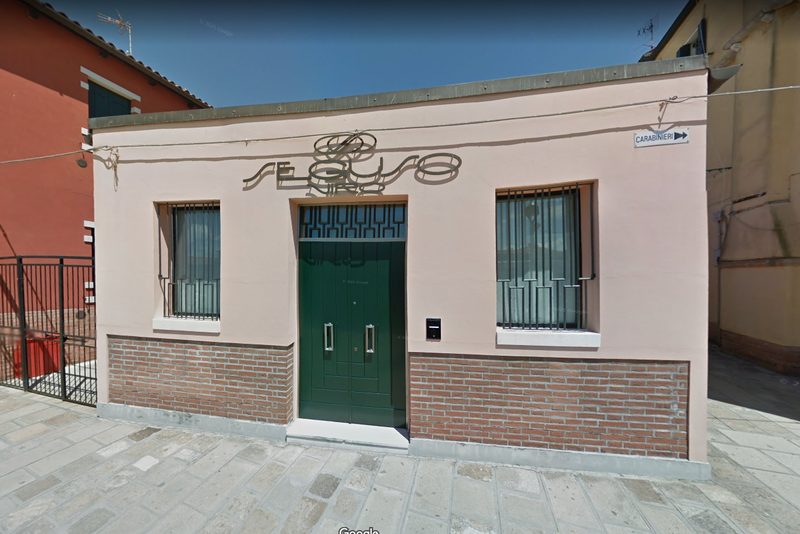What is the history of Murano Glass?
The first glass blowers on the island of Murano, Italy, were said to have arrived in the 7th century, drawn by the island's abundance of sand and wood needed to fuel the fires needed to heat the glass. By the 12th century, Murano had become the center of the Venetian glass industry, and glass blowers from all over the Mediterranean were drawn to the island to learn their craft.
The Venetian government soon realized the potential of the glass industry and took steps to protect it by passing a law that all glass production must take place on Murano to prevent secrets from being shared with other glassmakers. This law was strictly enforced and glassmakers were not allowed to leave the island.
The glassmakers developed many new techniques, such as the use of a "lamp," a blowpipe tipped with a metal tube that allowed the glassmaker to work with molten glass at a distance. They also developed the millefiori technique, which allowed them to make intricate and colourful patterns in the glass.
The glassmakers of Murano soon gained a reputation for creating beautiful and unique works of art. In the 16th century, the Venetian government granted the Murano Glassmakers a monopoly on glass production, ensuring that the island’s glassmakers remained the most skilled in the world.
In the 19th century the popularity of Murano glass reached its peak, and the glassmakers’ work was sought after by royalty and the wealthy around the world. The island’s glassmakers continued to innovate and develop new techniques, such as the lampworking technique, which allowed them to create even more intricate and beautiful works of art.
Today, Murano glass is still prized for its beauty and quality, and the island continues to attract visitors from around the world who come to witness the skill of the glassmakers and their works of art.
The Venetian government soon realized the potential of the glass industry and took steps to protect it by passing a law that all glass production must take place on Murano to prevent secrets from being shared with other glassmakers. This law was strictly enforced and glassmakers were not allowed to leave the island.
The glassmakers developed many new techniques, such as the use of a "lamp," a blowpipe tipped with a metal tube that allowed the glassmaker to work with molten glass at a distance. They also developed the millefiori technique, which allowed them to make intricate and colourful patterns in the glass.
The glassmakers of Murano soon gained a reputation for creating beautiful and unique works of art. In the 16th century, the Venetian government granted the Murano Glassmakers a monopoly on glass production, ensuring that the island’s glassmakers remained the most skilled in the world.
In the 19th century the popularity of Murano glass reached its peak, and the glassmakers’ work was sought after by royalty and the wealthy around the world. The island’s glassmakers continued to innovate and develop new techniques, such as the lampworking technique, which allowed them to create even more intricate and beautiful works of art.
Today, Murano glass is still prized for its beauty and quality, and the island continues to attract visitors from around the world who come to witness the skill of the glassmakers and their works of art.
How is Murano Glass made?
Murano glass is crafted by master artisans in a process that has been handed down through generations. The process begins by gathering sand and other raw materials, which are melted together in a furnace at temperatures over 2000°F. The molten glass is then gathered on a pipe, and the artisan begins to shape the glass using a variety of tools such as scissors, tweezers and paddles. The glass is then rolled, stretched, and twisted into the desired form. To add colour, the artisans add different types of minerals to create a unique palette of colours. Finally, the glass is cooled and polished for a glossy finish. The finished piece is a work of art that is both beautiful and durable.
Who are the most famous contemporary glass masters?
The Venetian island of Murano is renowned for its masterful glass artisans. It is said that glassmaking has been a tradition on the island for centuries, and it still remains the same to this day.
The contemporary glass masters of Murano are some of the best in the world. They have been creating beautiful works of art for decades, and their works are highly sought after by collectors and admirers alike.
The glass masters use a combination of traditional and modern techniques to create their works. They use a special furnace that allows them to manipulate the glass in different ways to create intricate shapes and details. They often use a variety of colours and textures to create their pieces, giving them a unique and eye-catching effect.
Three famous, prize winning contemporary glass masters are Davide Salvadore, Lucio Bubacco and Dino Rosin.
The contemporary glass masters of Murano are some of the best in the world. They have been creating beautiful works of art for decades, and their works are highly sought after by collectors and admirers alike.
The glass masters use a combination of traditional and modern techniques to create their works. They use a special furnace that allows them to manipulate the glass in different ways to create intricate shapes and details. They often use a variety of colours and textures to create their pieces, giving them a unique and eye-catching effect.
Three famous, prize winning contemporary glass masters are Davide Salvadore, Lucio Bubacco and Dino Rosin.
Davide Salvadore (1th image) is known for his incredible use of colour and the complex details in his pieces. He has been creating his works since the 1980s, and has exhibited in galleries and museums across the world.
Lucio Bubacco (2nd image) is known for his stunningly intricate glass sculptures. He has been creating his pieces since the early 1990s and is a master of the lampworking technique.
Dino Rosin (3th image) is one of the most influential glass masters on Murano. He is famous for his innovative use of colour and for his creative designs. He makes objects in calcedonia glass, one of the most rare glass types in the world. He has been producing glass sculptures since the late 1970s and has become renowned for his mastery of the ancient techniques of glassmaking.
The glass masters create delicate glass sculptures that are both beautiful and functional. These sculptures are often sold to galleries and museums around the world, and they are highly prized by collectors. Their works are highly sought after and admired, and they continue to be a source of pride for the island of Murano.
Lucio Bubacco (2nd image) is known for his stunningly intricate glass sculptures. He has been creating his pieces since the early 1990s and is a master of the lampworking technique.
Dino Rosin (3th image) is one of the most influential glass masters on Murano. He is famous for his innovative use of colour and for his creative designs. He makes objects in calcedonia glass, one of the most rare glass types in the world. He has been producing glass sculptures since the late 1970s and has become renowned for his mastery of the ancient techniques of glassmaking.
The glass masters create delicate glass sculptures that are both beautiful and functional. These sculptures are often sold to galleries and museums around the world, and they are highly prized by collectors. Their works are highly sought after and admired, and they continue to be a source of pride for the island of Murano.
What are the best glass factories on Murano?
Salviati: This world-renowned glass factory on Murano is over 150 years old and has been producing some of the finest glassware in existence since its opening. Their master craftsmen create a wide range of products, from intricate vases to stunning chandeliers and sculptures.
Barovier & Toso: This prestigious glass factory has been creating exquisite glass items since 1295. Using traditional techniques and modern innovations, Barovier & Toso creates interesting glass art, such as their renowned Vetri Soffiati blown glass pieces.
Seguso Vetri d'Arte: This family-run business has been producing exquisite glassworks since 1397. Their collection includes many classic Venetian glass pieces, including their renowned Murano glass figures and lamps. They also produce unique modern pieces in a variety of styles.
Barovier & Toso: This prestigious glass factory has been creating exquisite glass items since 1295. Using traditional techniques and modern innovations, Barovier & Toso creates interesting glass art, such as their renowned Vetri Soffiati blown glass pieces.
Seguso Vetri d'Arte: This family-run business has been producing exquisite glassworks since 1397. Their collection includes many classic Venetian glass pieces, including their renowned Murano glass figures and lamps. They also produce unique modern pieces in a variety of styles.
Where can you watch Murano glass blowing demonstrations?
There are many glass blowing demonstrations on Murano. Most of the shops and factories that offer them are located on Fondamento Vetrai.
The Glass Cathedral: In The Glass Cathedral you can closely watch a glass art show focused on the love of working with Murano Glass. Inside the former Church of Santa Chiara you can admire the Glass Masters as they create two works. There is no sales. Daily shows between 10:30 and 17:00 h.
Barovier & Toso: This factory, which was founded in 1295, is one of the oldest glass factories on Murano. It is renowned for its intricate and sophisticated glassware, and visitors can take part in a guided tour to see the production process. Address: Fondamenta Vetrai, 6
Glass A&M Artistica Veneziana: This workshop is run by a family of glassmakers, and offers visitors the chance to observe the glassblowing process up close. Address: Fondamenta Vetrai, 10
Roberta Bruno Glass Art: This glass factory specializes in creating handcrafted glass pieces, and offers visitors the chance to watch the glassblowing process. Address: Fondamenta Vetrai, 14
Salviati: Established in 1859, Salviati is known for its masterful glass art, including chandeliers, tableware, and sculptures. The factory offers tours and glassblowing demonstrations, which are great for visitors who want to learn more about the traditional Murano glass-making process. Address: Fondamenta dei Vetrai, 25
Venini Glass Factory: One of the oldest and most famous glass factories on Murano, Venini offers visitors the chance to watch master glassblowers create intricate glass pieces. Address: Fondamenta Vetrai, 7
Vetreria Antonio Neri: This family-run glass factory has been in operation since the 1950s, and offers visitors the chance to watch expert glassblowers crafting beautiful pieces of glass art. Address: Fondamenta Vetrai, 5/6
Vetreria Artistica Ferro Murano: Located on the main island of Murano, this family-run glass factory has been producing glass since 1859. It offers a wide range of products, including chandeliers, mirrors, sculptures, vases, and more. Address: Fondamenta Vetrai, 3
Vetreria Colleoni: This historical glass factory was founded in 1750 and is known for its hand-blown glassware, including sculptures, vases, and chandeliers. The factory also offers tours and glassblowing demonstrations. Address: Fondamenta dei Vetrai, 13
The Glass Cathedral: In The Glass Cathedral you can closely watch a glass art show focused on the love of working with Murano Glass. Inside the former Church of Santa Chiara you can admire the Glass Masters as they create two works. There is no sales. Daily shows between 10:30 and 17:00 h.
Barovier & Toso: This factory, which was founded in 1295, is one of the oldest glass factories on Murano. It is renowned for its intricate and sophisticated glassware, and visitors can take part in a guided tour to see the production process. Address: Fondamenta Vetrai, 6
Glass A&M Artistica Veneziana: This workshop is run by a family of glassmakers, and offers visitors the chance to observe the glassblowing process up close. Address: Fondamenta Vetrai, 10
Roberta Bruno Glass Art: This glass factory specializes in creating handcrafted glass pieces, and offers visitors the chance to watch the glassblowing process. Address: Fondamenta Vetrai, 14
Salviati: Established in 1859, Salviati is known for its masterful glass art, including chandeliers, tableware, and sculptures. The factory offers tours and glassblowing demonstrations, which are great for visitors who want to learn more about the traditional Murano glass-making process. Address: Fondamenta dei Vetrai, 25
Venini Glass Factory: One of the oldest and most famous glass factories on Murano, Venini offers visitors the chance to watch master glassblowers create intricate glass pieces. Address: Fondamenta Vetrai, 7
Vetreria Antonio Neri: This family-run glass factory has been in operation since the 1950s, and offers visitors the chance to watch expert glassblowers crafting beautiful pieces of glass art. Address: Fondamenta Vetrai, 5/6
Vetreria Artistica Ferro Murano: Located on the main island of Murano, this family-run glass factory has been producing glass since 1859. It offers a wide range of products, including chandeliers, mirrors, sculptures, vases, and more. Address: Fondamenta Vetrai, 3
Vetreria Colleoni: This historical glass factory was founded in 1750 and is known for its hand-blown glassware, including sculptures, vases, and chandeliers. The factory also offers tours and glassblowing demonstrations. Address: Fondamenta dei Vetrai, 13
How far is Murano from Venice?
From Venice you can travel by boat to Murano in approximately 15 minutes from Fondamente Nove. Water buses pass the lagoon very frequently and you can use a normal ticket or pass.


